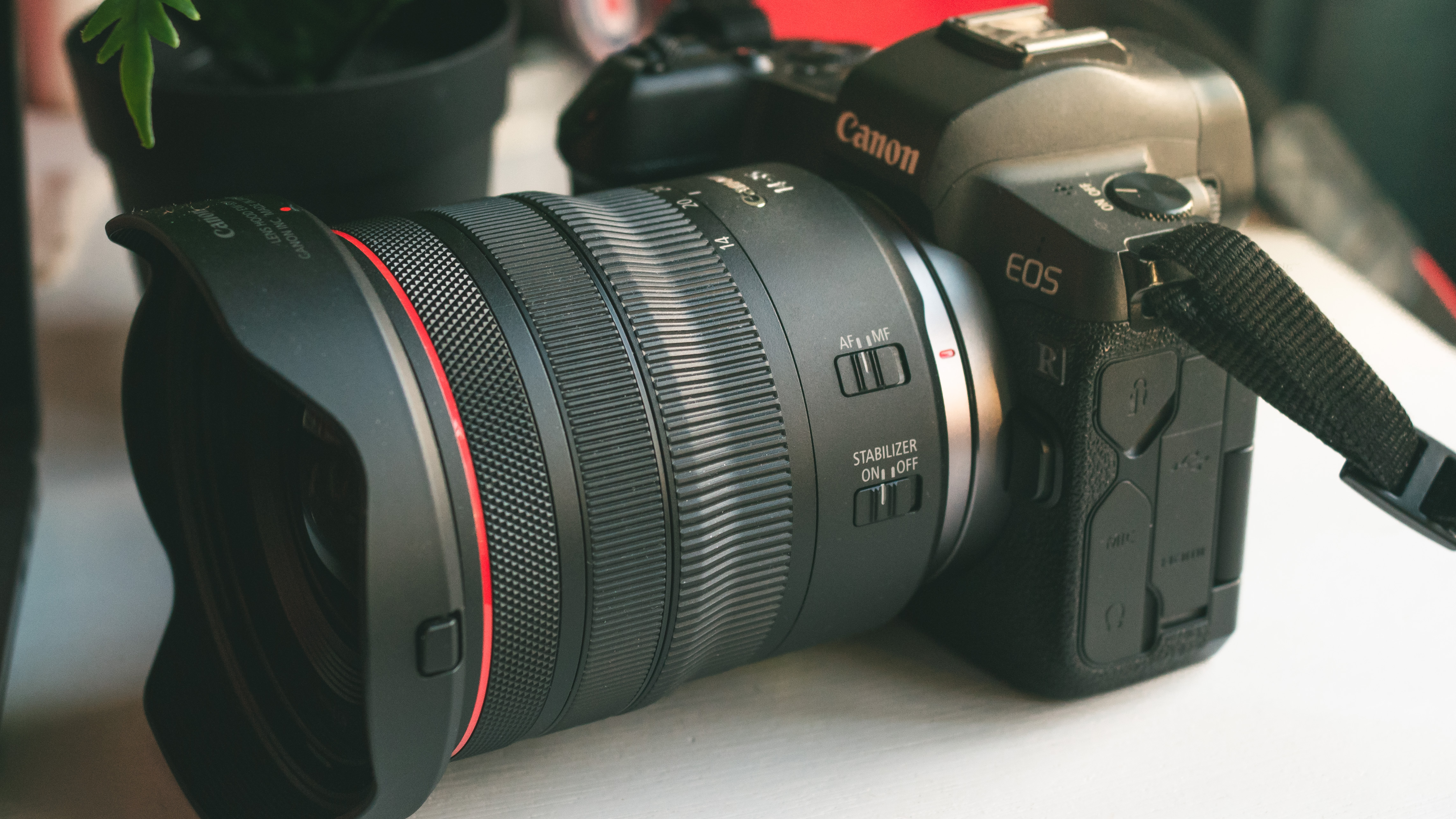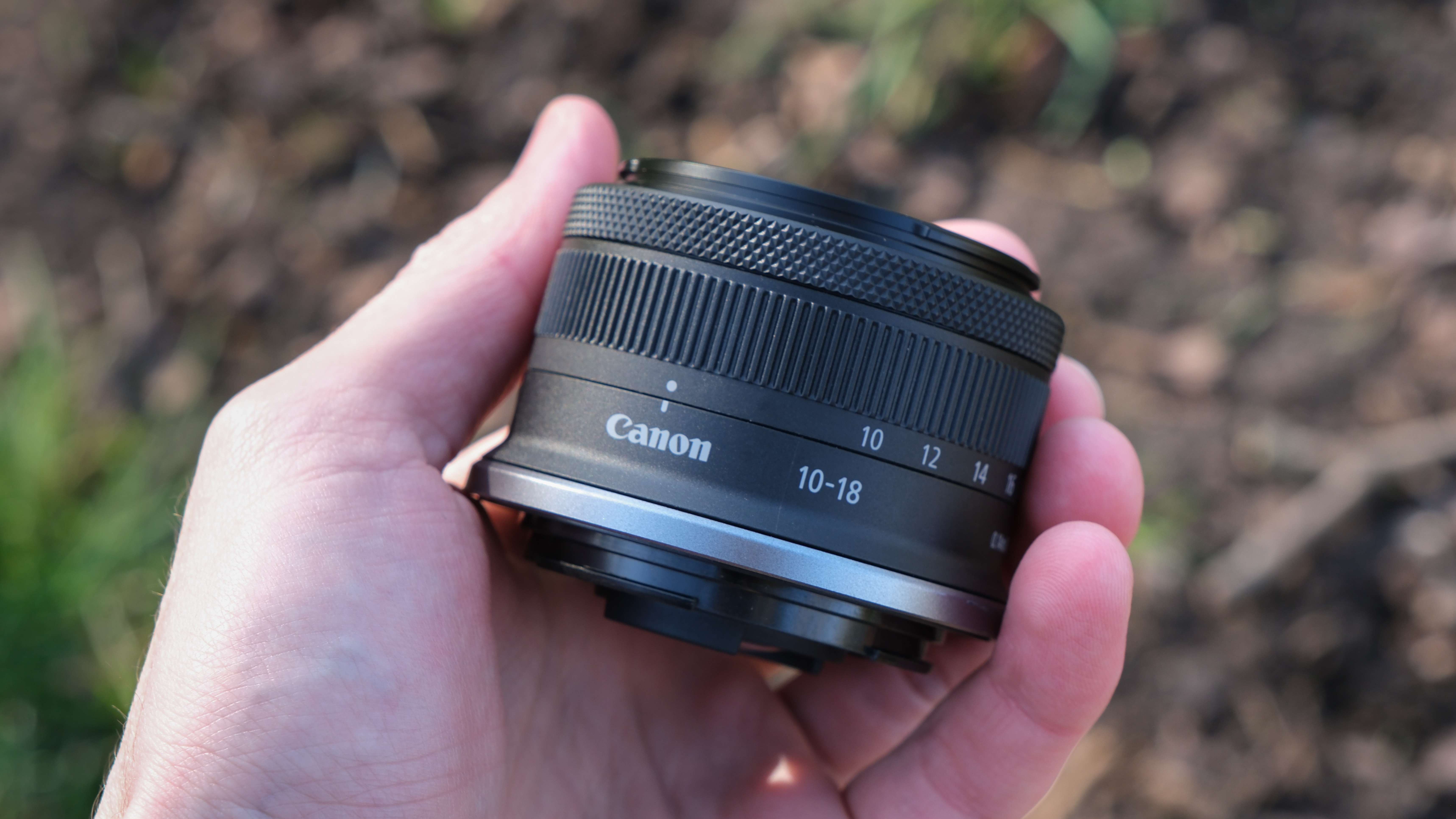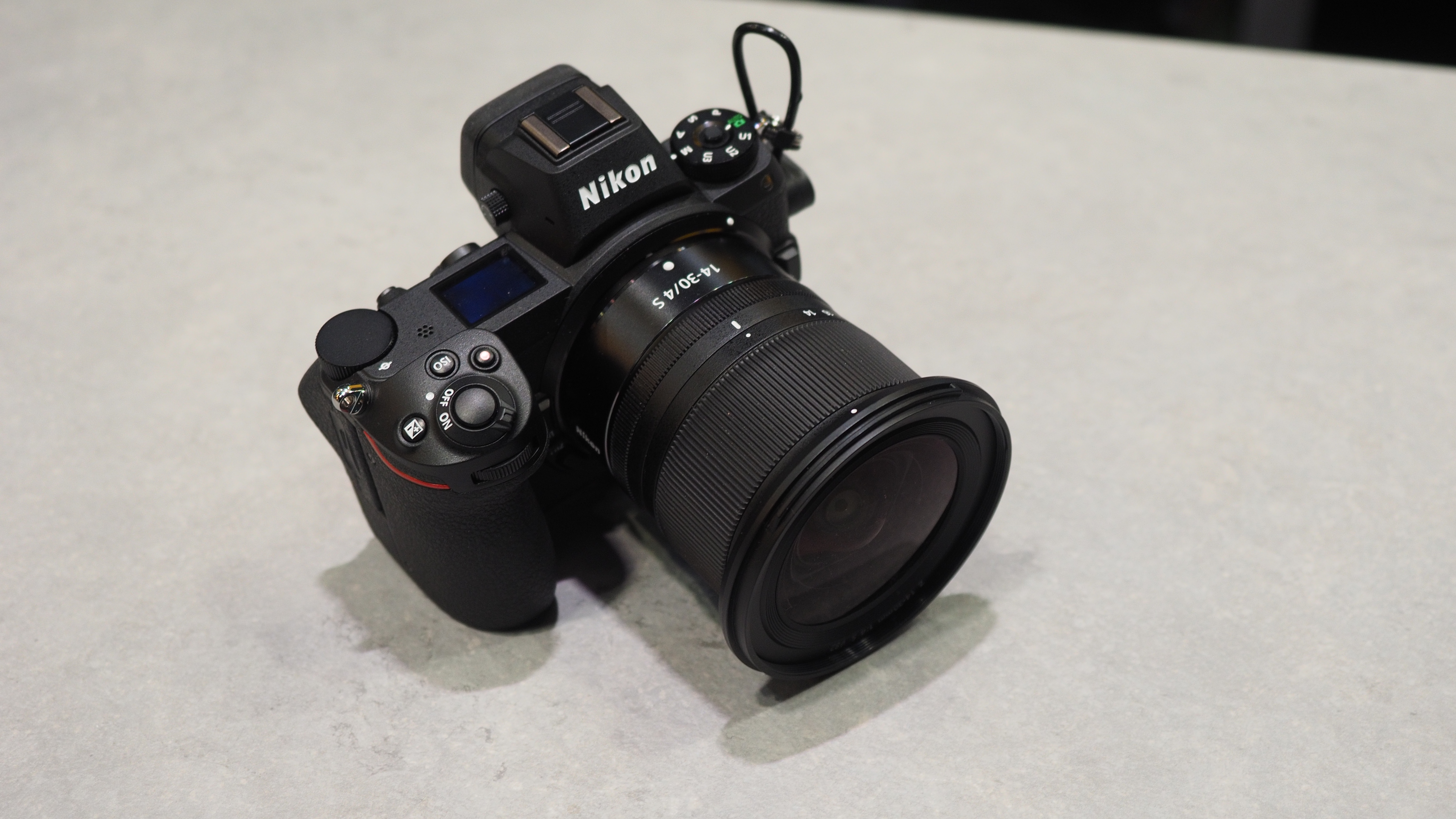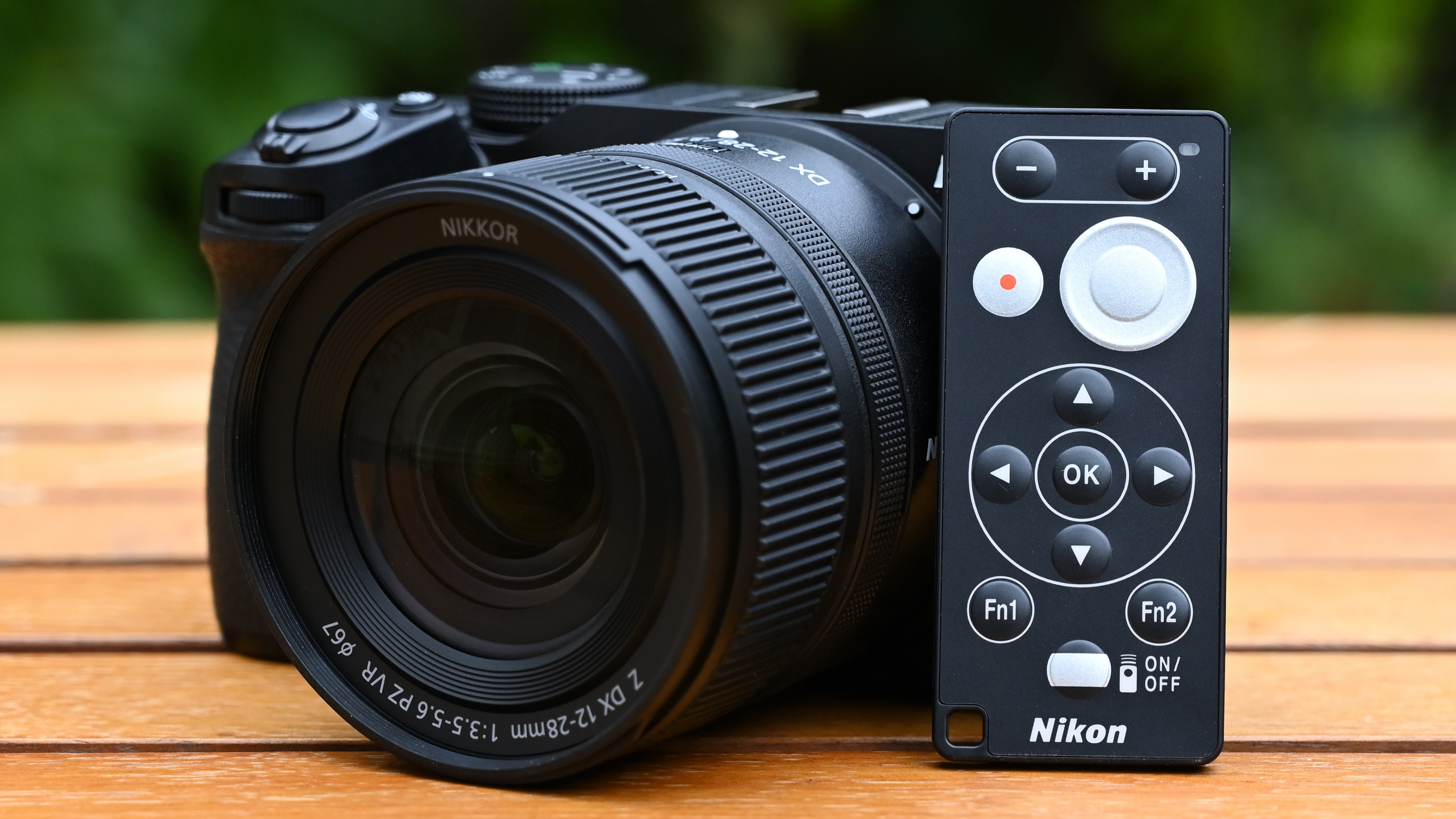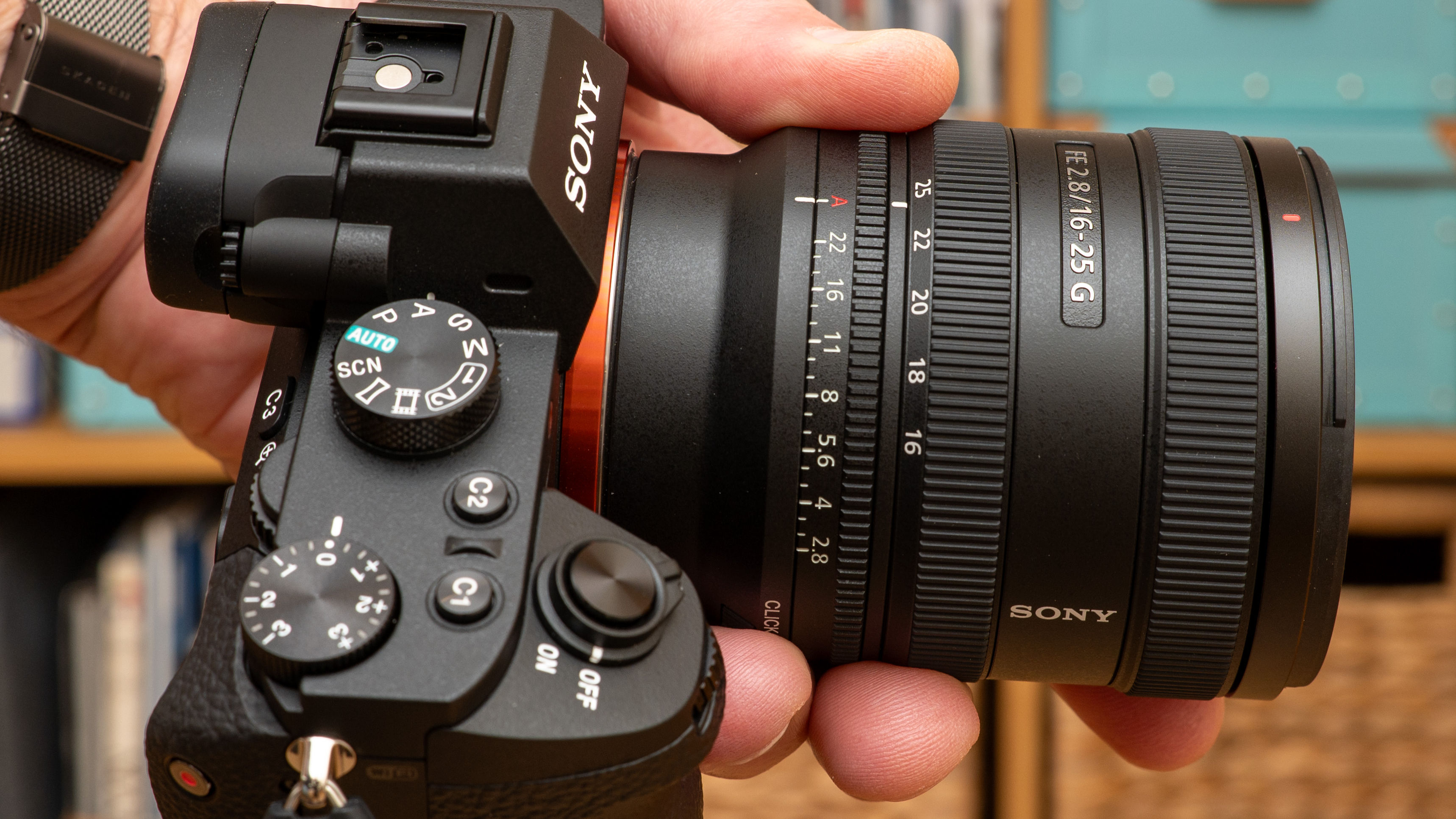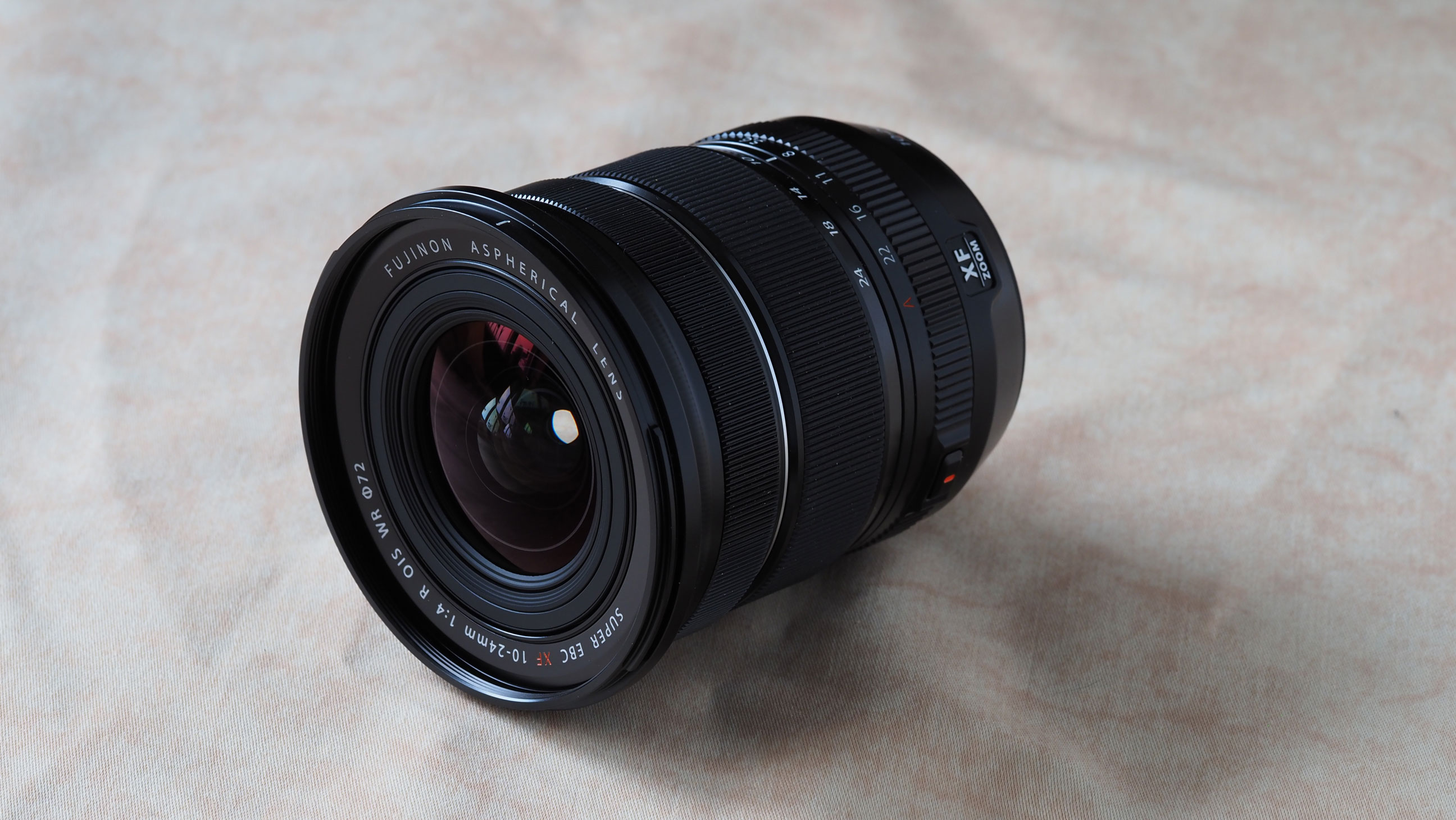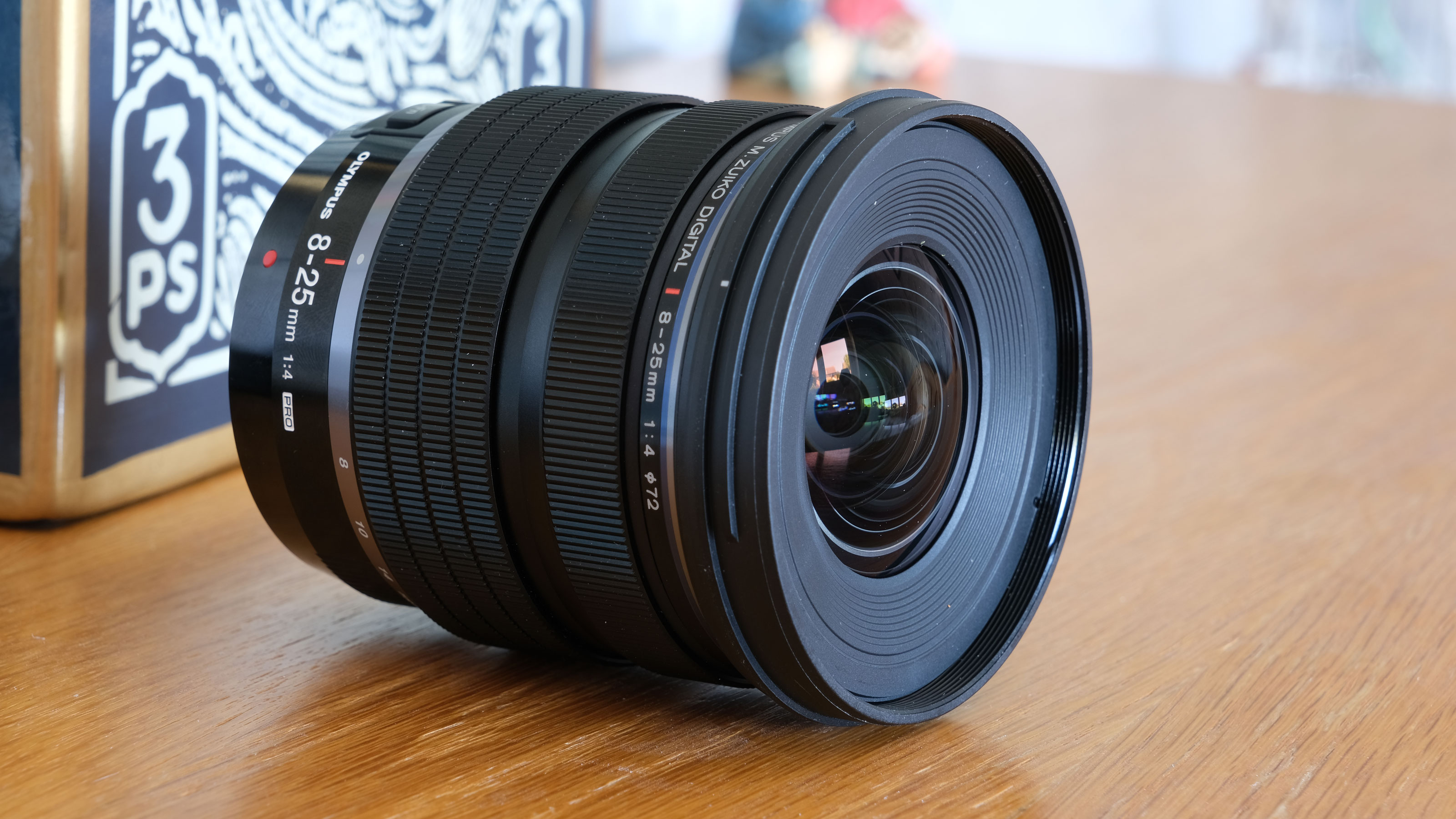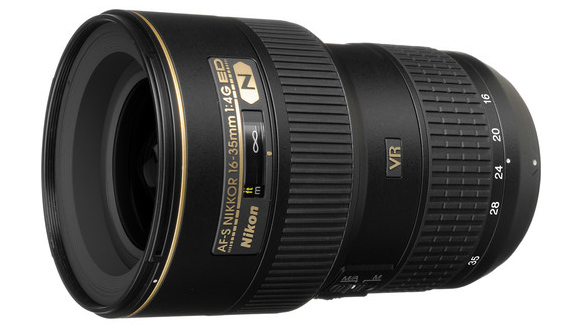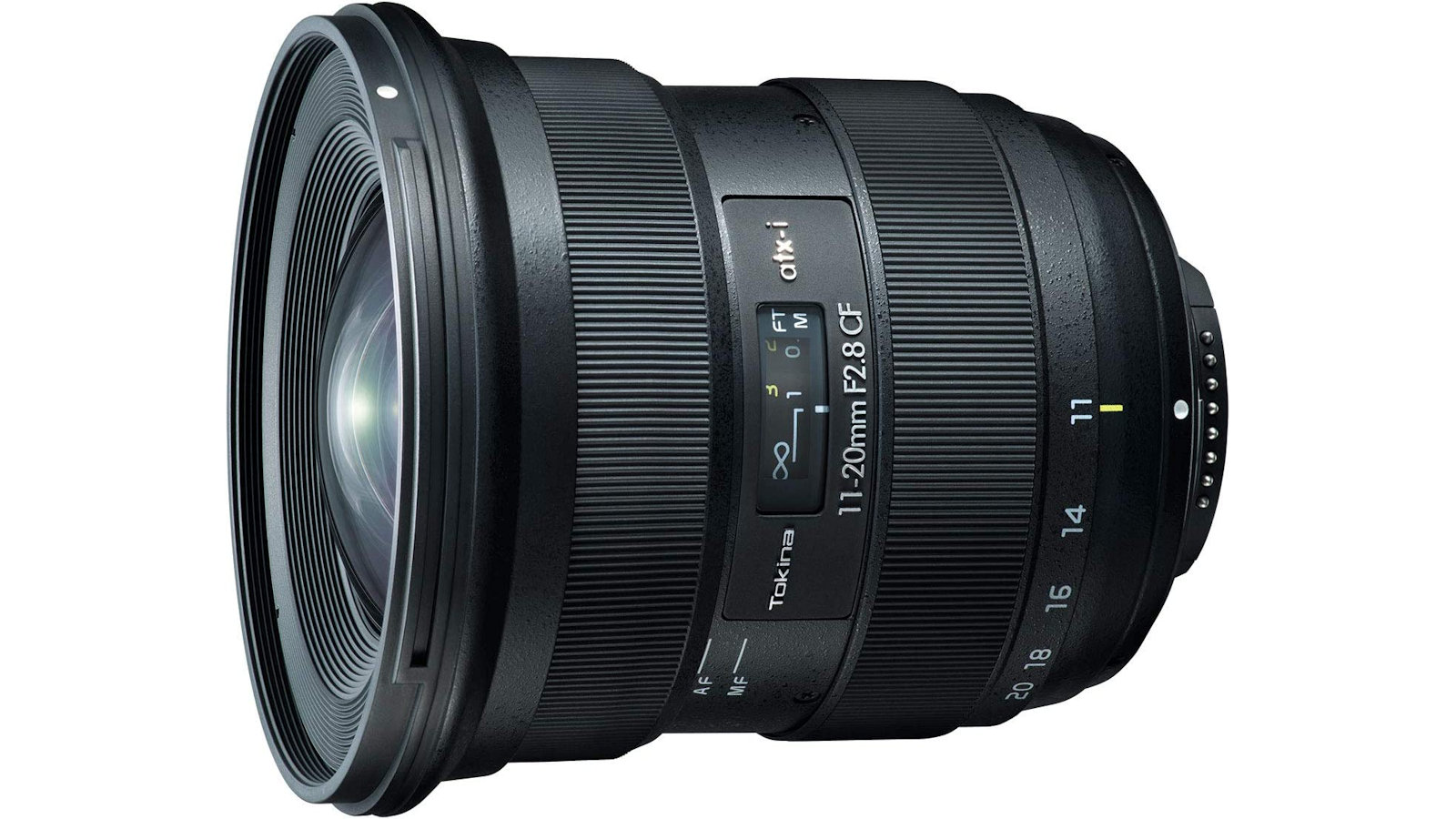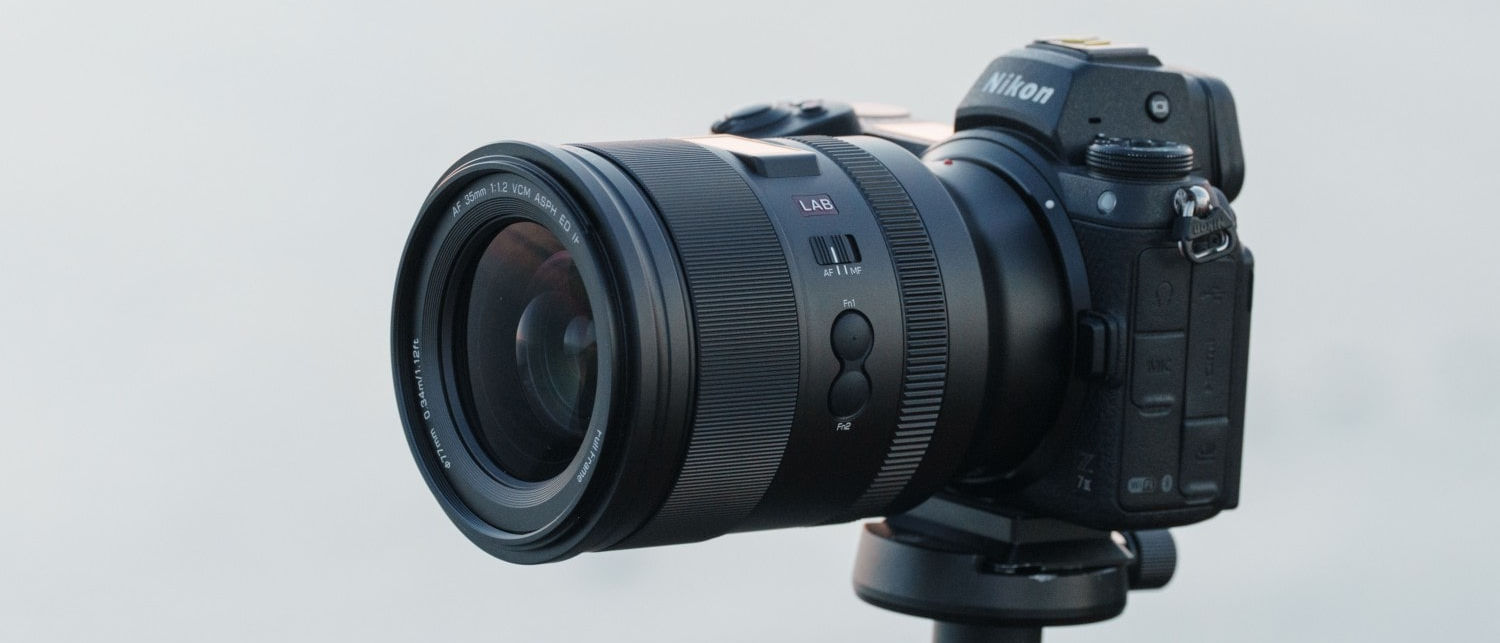The best lenses for landscapes in 2025: ultra-wide zooms for sweeping vistas
Discover the best lenses for landscapes that capture the wider view, from rolling hills and rocky mountains to enchanted forests
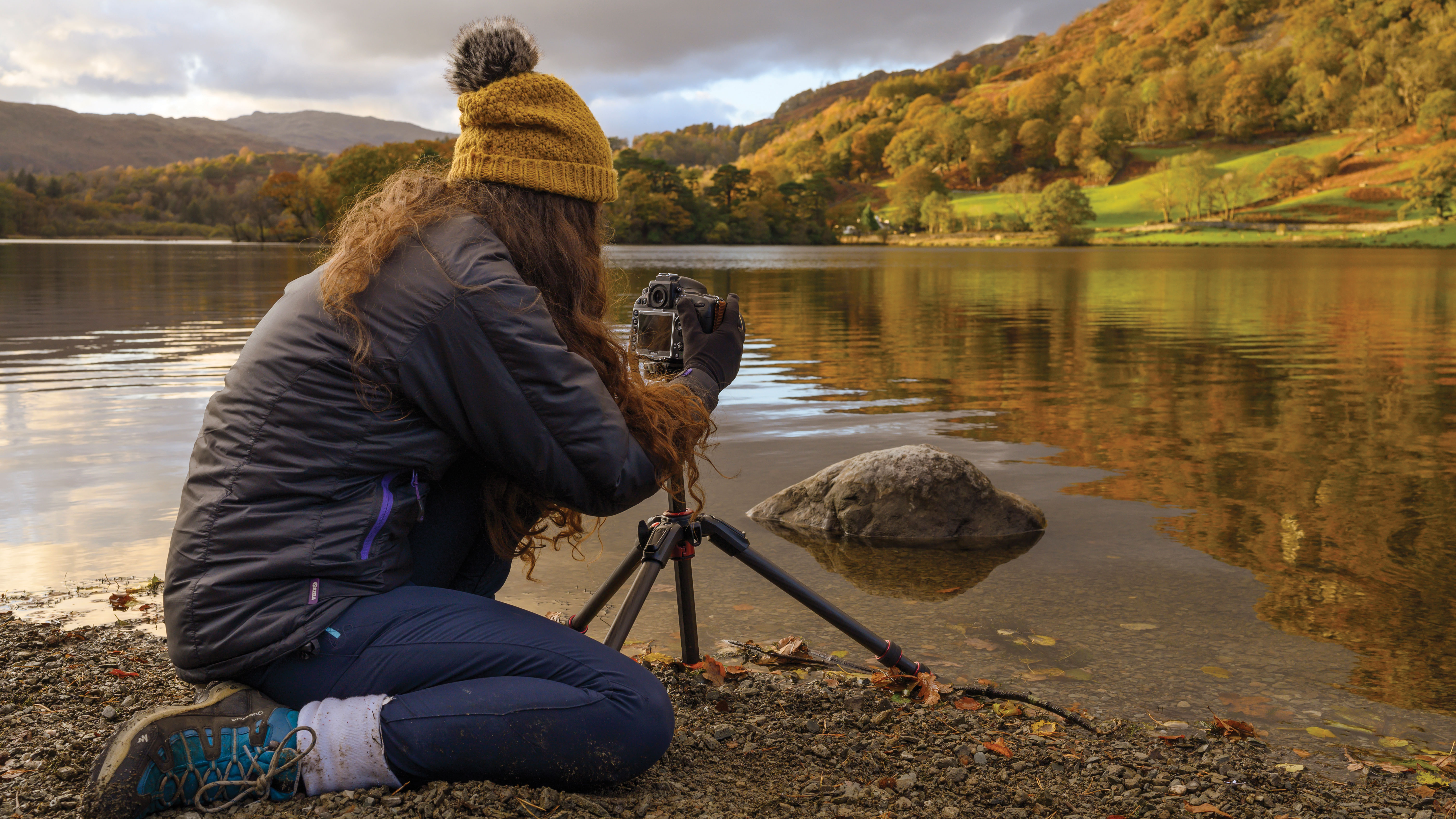
I tend to find that the best lenses for landscape photography are wide-angle zooms. Zoom versatility is great for fine-tuning your composition without forcing you to try to get to inaccessible vantage points. A zoom lens with an effective focal length starting at around 18mm or wider (once any crop-sensor multiplier has been taken into account) is a good choice for landscapes.
Top-end 'pro' zooms generally have a maximum aperture of f/2.8 throughout the zoom range – while this is nice to have, especially when light gets low, it's less important for landscapes than in other disciplines, as you'll likely be stopping down to get a large depth of field and be shooting on a tripod. Therefore, you may want to opt for an f/4 lens, which will be both cheaper and lighter to carry.
I've avoided the 'extreme' ultra-wide-angle lenses that have integral hoods that preclude the easy attachment of filters. Filters like ND grads can greatly enhance landscape shots, so all of the lenses I've included below feature filter attachment threads. With all that in mind, here is my pick of the best lenses for landscapes, to suit a wide range of popular cameras.

Matthew, Digital Camera World's chief lens reviewer, has tested more ultra-wide lenses than he cares to remember, and knows exactly what makes the ideal wide zoom for landscape photography.
The Quick List
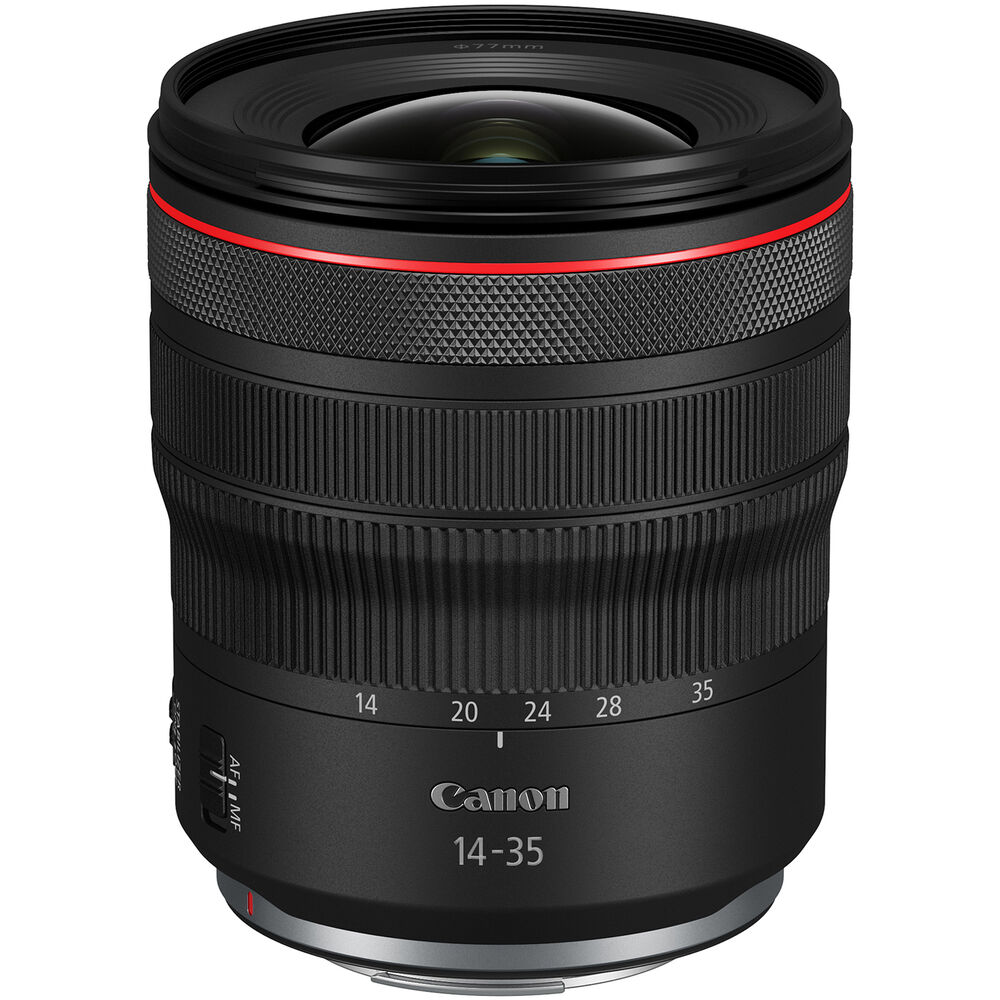
A brilliant lens with a really wide maximum viewing angle and high-performance stabilization.
Read more below
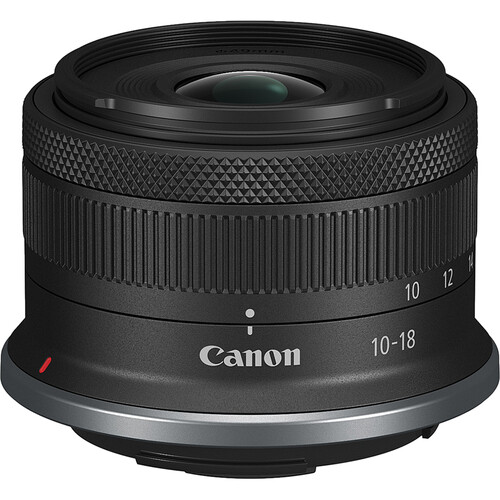
This is the best landscape lens for crop-sensor Canons, with an effective focal length range of 16-29mm.
Read more below
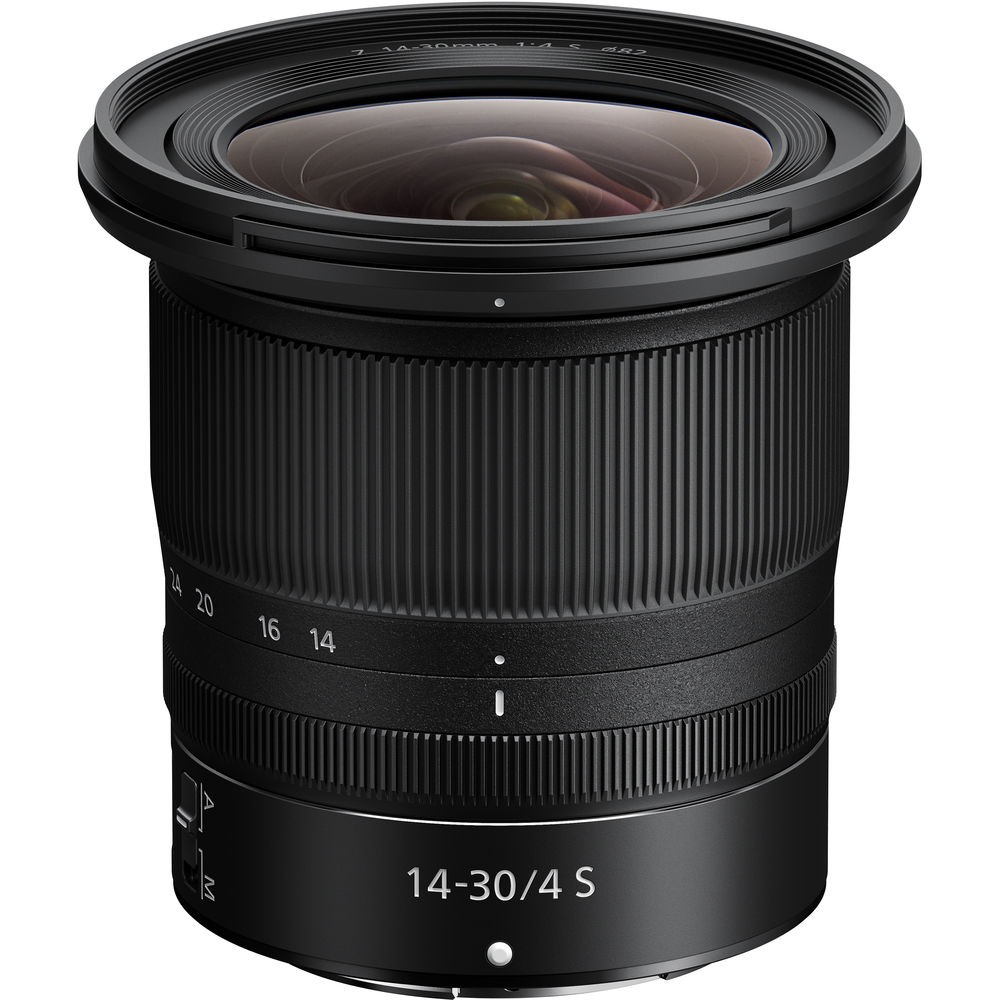
This premium S-line Nikon lens is ideal for landscapes, with a compact retractable design.
Read more below
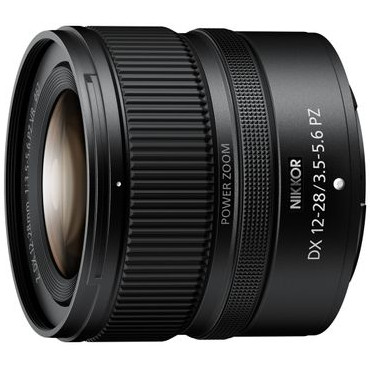
Not only brilliant for landscapes, but the inclusion of Power Zoom makes this lens a top choice for video too.
Read more below
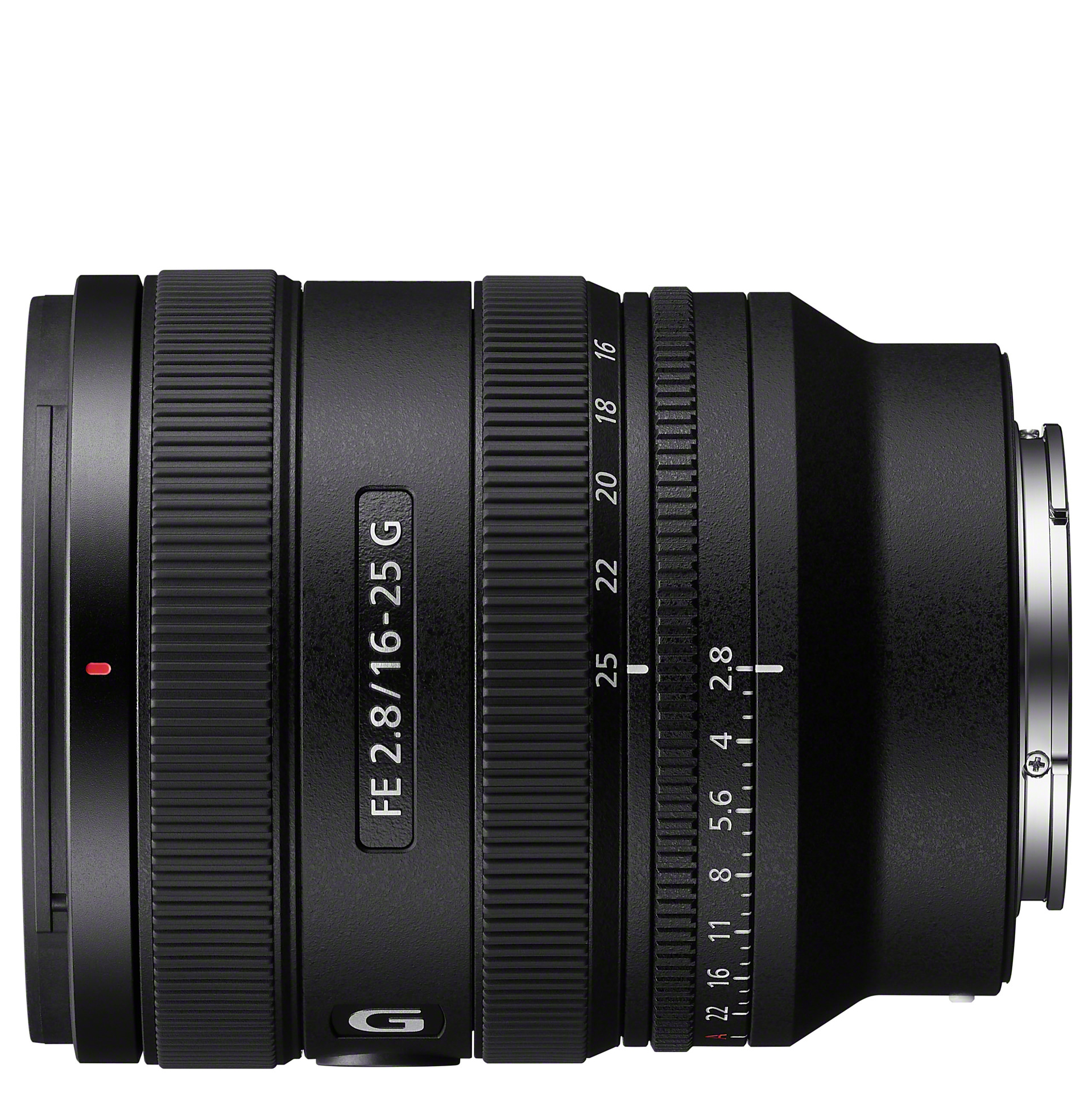
Remarkably small and lightweight for a full-frame compatible wide-angle zoom with a constant f/2.8 aperture rating.
Read more below
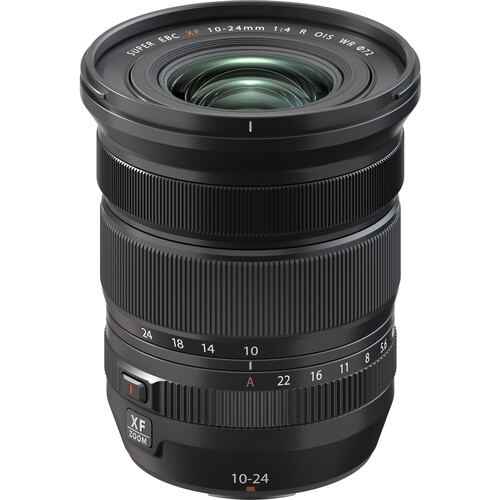
Designed for X-mount this 'home brand' lens offers great versatility for landscapes without compromising image quality.
Read more below
Load the next products...
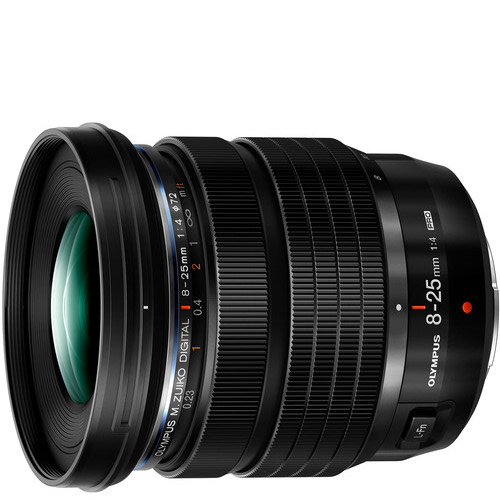
With a generous 16-50mm effective focal length range on Micro Four Thirds cameras, it's like an ultra-wide and standard zoom in one.
Read more below
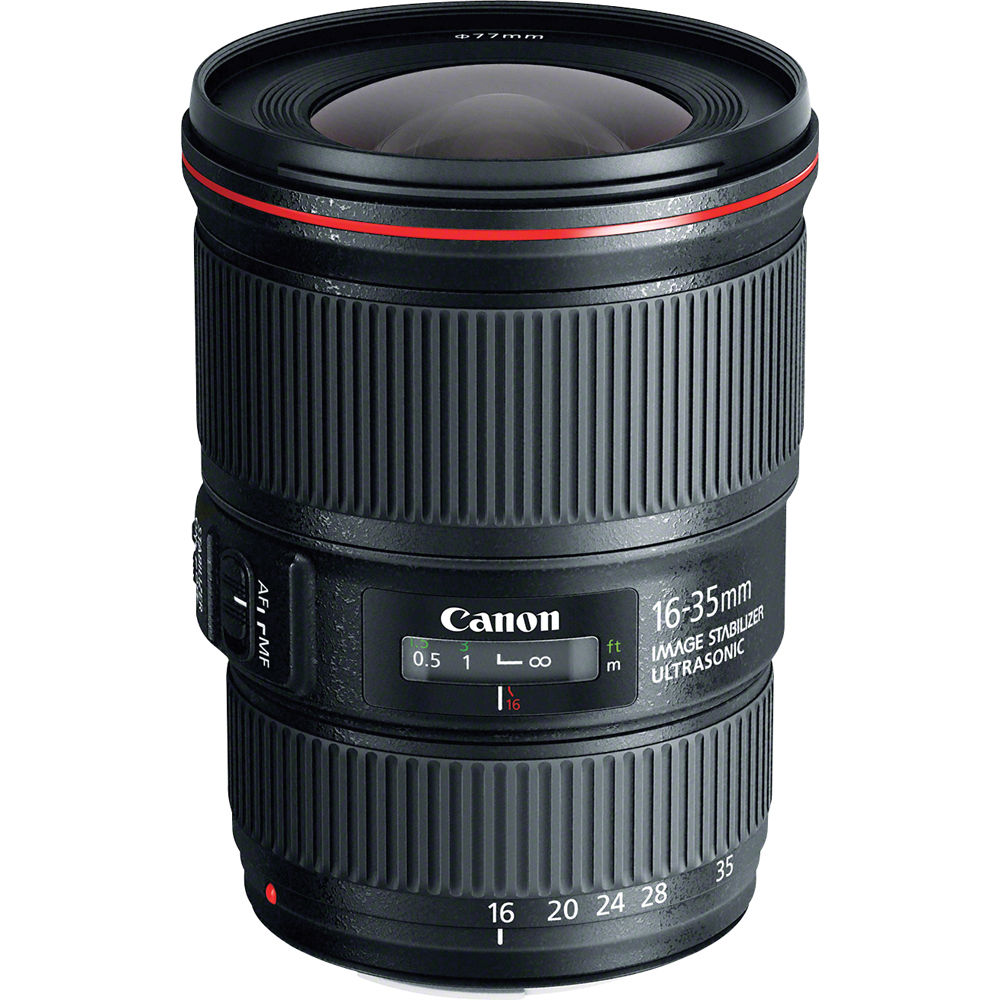
I love the high performance and compact build of this lens, and the inclusion of optical image stabilization.
Read more below
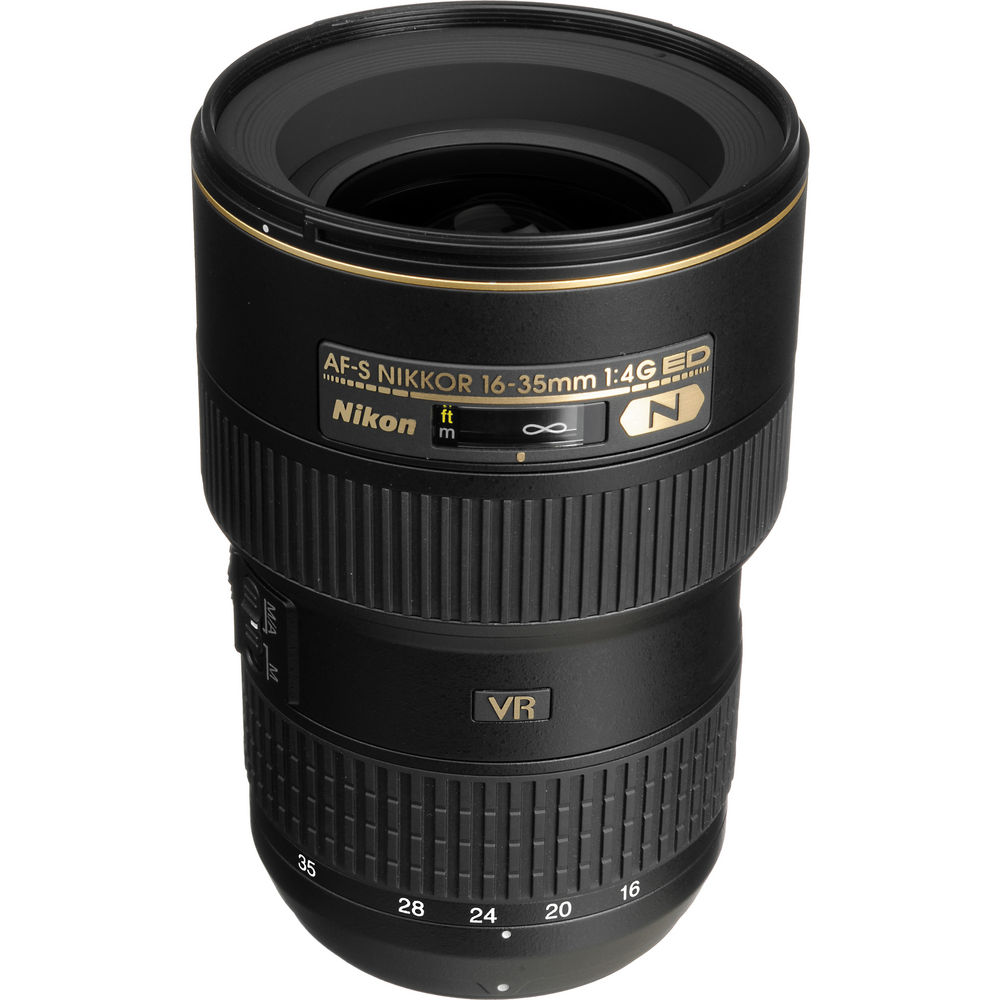
If you want to get new life out of your full-frame Nikon DSLR, this will be the best landscape lens.
Read more below
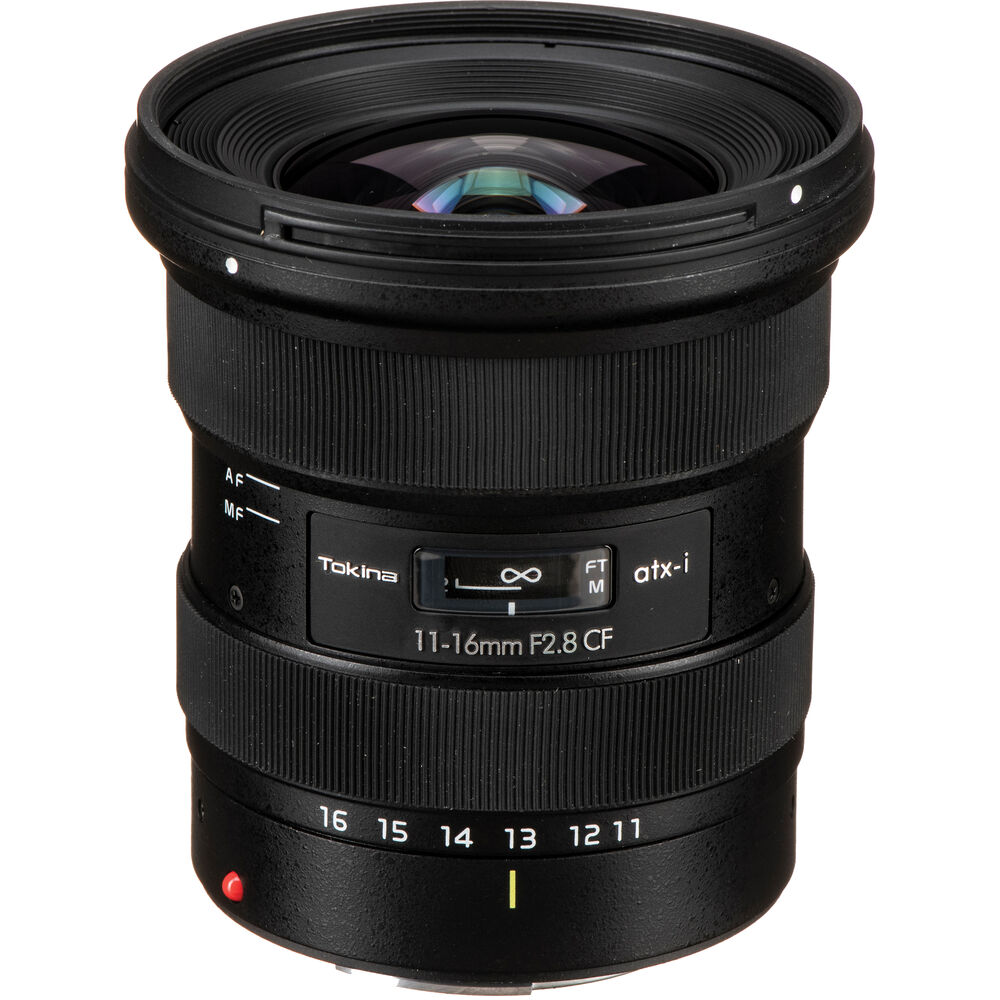
If you love your APS-C format DSLR, this is the best lens for landscapes offering great build and image quality.
Read more below
Best lenses for landscapes
Why you can trust Digital Camera World
Best Canon RF
Specifications
Reasons to buy
Reasons to avoid
Considering the zoom range, maximum viewing angle, powerful stabilization and all the other features built into this lens, I'm really impressed that Canon has been able to keep the weight and dimensions down to such manageable proportions. The lens is ideal for travel and hiking out into the countryside for landscape shooting.
The lens does extend when zoomed (the barrel is at its shortest length around the 22mm mark), but it’s minimal and the zoom control is smooth. It also feels perfectly balanced and matched to slimline Canon EOS R system mirrorless cameras. Image quality is superb but, as with many lenses designed for mirrorless cameras, it relies heavily on auto-correction for distortion.
See our full Canon RF 14-35mm f/4L IS USM review
Best Canon RF-S
Specifications
Reasons to buy
Reasons to avoid
My first impression of the RF-S 10-18mm f/4.5-6.3 IS STM was just how incredibly small and lightweight it is. It has a collapsible design, making it the perfect pocket-sized companion for Canon's APS-C mirrorless cameras like the EOS R50 or R100. Even when extended, it’s one of the shortest zoom lenses I’ve ever used. Don't let its size fool you, though. I was genuinely impressed with the image quality this little lens can produce. The photos are sharp, with good contrast, and while it's not going to compete with bigger, more expensive L-series glass, the performance is more than acceptable for a lens of this class and price. It does rely on in-camera corrections to handle distortion, but that seems to be the new normal in lens design, and the results are excellent.
The image stabilization is also a huge benefit, offering up to 4 stops of correction on its own and up to 6 stops when paired with a camera that has in-body stabilization. If you're an RF-S camera user who has been craving a wide-angle perspective for landscapes, architecture, or vlogging, I can wholeheartedly recommend the Canon RF-S 10-18mm. It's an affordable, compact, and high-performing lens that fills a significant gap in Canon's APS-C lens lineup.
See our full Canon RF-S 10-18mm f/4.5-6.3 IS STM review
Best Nikon Z
Specifications
Reasons to buy
Reasons to avoid
This Nikon is refreshingly compact and lightweight for a full-frame compatible wide-angle zoom. Designed for full-frame mirrorless Z-mount cameras, it’s only about the same size and weight as the Tamron 10-24mm zoom for DX format SLRs. It nevertheless packs a lot into its diminutive and weather-sealed build, including four aspherical elements, four ED (Extra-low Dispersion) elements, Nano Crystal Coat, and a fluorine coating on the front element.
Typical of Nikon’s Z-mount full-frame compatible lenses, image quality is exceptional with incredible corner-to-corner sharpness. There’s a fast and virtually silent stepping motor-based autofocus system but, as usual with Nikon Z lenses, this comes without a physical focus distance scale. There’s no optical image stabilizer either, but that’s no problem because full-frame Z-series cameras have built-in sensor-shift stabilization.
See our full Nikon Z 14-30mm f/4 S review
Best Nikon Z DX
Specifications
Reasons to buy
Reasons to avoid
Weighing a mere 205g, the Z DX 12-28mm f/3.5-5.6 PZ VR is the ideal travel-friendly lens that perfectly complements smaller bodies like the Nikon Z 30. The headline feature here is the "PZ," or power zoom. The zoom is motorized and completely internal, meaning the lens never changes length, and the action is smooth and consistent, perfect for professional-looking video shots. The autofocus, driven by a stepping motor, is equally impressive – fast for stills and delivering smooth, silent transitions on video.
While it’s clearly designed with video in mind, I found it to be a stellar performer for stills photography as well. The 'effective' 18-42mm range is brilliant for capturing expansive landscapes and dramatic architectural shots. I was very pleased with the sharpness across the zoom range, and the built-in Vibration Reduction (VR) gave a solid 4.5 stops of stabilization, which is a lifesaver for handheld shooting in low light. It does rely on in-camera software to correct for distortion, but the final results are clean and impressive. It’s a little lens with a big heart, offering excellent performance and value that fills a crucial gap in the lineup.
See our full Nikon Z DX 12-28mm f/3.5-5.6 PZ VR review
Best Sony FE
Specifications
Reasons to buy
Reasons to avoid
The Sony FE 16-25mm f/2.8 G is a little powerhouse that truly delivers on its promise of "small but mighty." It’s just 409g, making it a joy to carry around, especially when paired with one of Sony's more compact full-frame bodies like my A7C II. Despite its light weight, the build quality feels premium, with full weather-sealing and a manual aperture ring that can be de-clicked for smooth control during video recording.
Sharpness is excellent across the frame, even when shooting wide open at f/2.8. The dual linear autofocus motors are lightning-fast and silent, keeping up with fast-paced shooting and providing smooth transitions for video. While some might find the zoom range limiting, I found it covered the sweet spot for most of my wide-angle work, from sweeping landscapes to tight interiors. Ultimately, this lens is a brilliant compromise, with a professional-grade f/2.8 aperture and outstanding G-series image quality in a small and lightweight package.
See our full Sony FE 16-25mm f/2.8 G review
Best Fujifilm X
Specifications
Reasons to buy
Reasons to avoid
Fairly hefty for an APS-C format wide-angle zoom, the XF-10-24mm combines a generous zoom range with a constant f/4 aperture rating. It’s impeccably turned out and the high-end construction looks and feels fabulous. As signified by the ‘R OIS’ lettering in its title, the lens has a physical aperture ring to enhance handling and an Optical Image Stabilizer, albeit with a slightly mediocre 3-stop effectiveness.
There’s nothing mediocre about the optical path, which includes four aspherical elements and four ED (Extra-low Dispersion) elements and delivers exceptional sharpness in the short half of the zoom range, even when shooting wide-open. At longer zoom settings, it pays to narrow the aperture by an f/stop for real bite.
See our full Fujifilm XF 10-24mm f/4 R OIS review
Best MFT
Specifications
Reasons to buy
Reasons to avoid
The Olympus M.Zuiko Digital ED 8-25mm f/4 Pro's unique zoom range, equivalent to 16-50mm on a full-frame camera, offers the tantalizing prospect of replacing both an ultra-wide and a standard zoom lens with a single, high-performance optic. It is able to go from capturing vast, sweeping landscapes at the 8mm end to shooting more standard, intimate scenes at 25mm.
The image quality is superb across the entire zoom range, delivering the sharpness and clarity that I demand from a professional lens. As part of the Olympus 'Pro' lineup, the build quality is exactly what I expected: robust, fully weather-sealed, and ready for an adventure. It features a manual focus clutch and a customizable L-Fn button, while the constant f/4 aperture provides consistent exposure and control.
But there is one trade-off to consider: its size. It's not the most compact lens in the Micro Four Thirds system, but for the incredible convenience and exceptional image quality it offers, I think the size is an acceptable compromise. This lens truly has the potential to be the one lens you leave on your camera for almost any situation.
See our full Olympus M.Zuiko Digital ED 8-25mm f/4 Pro review
Best Canon EF
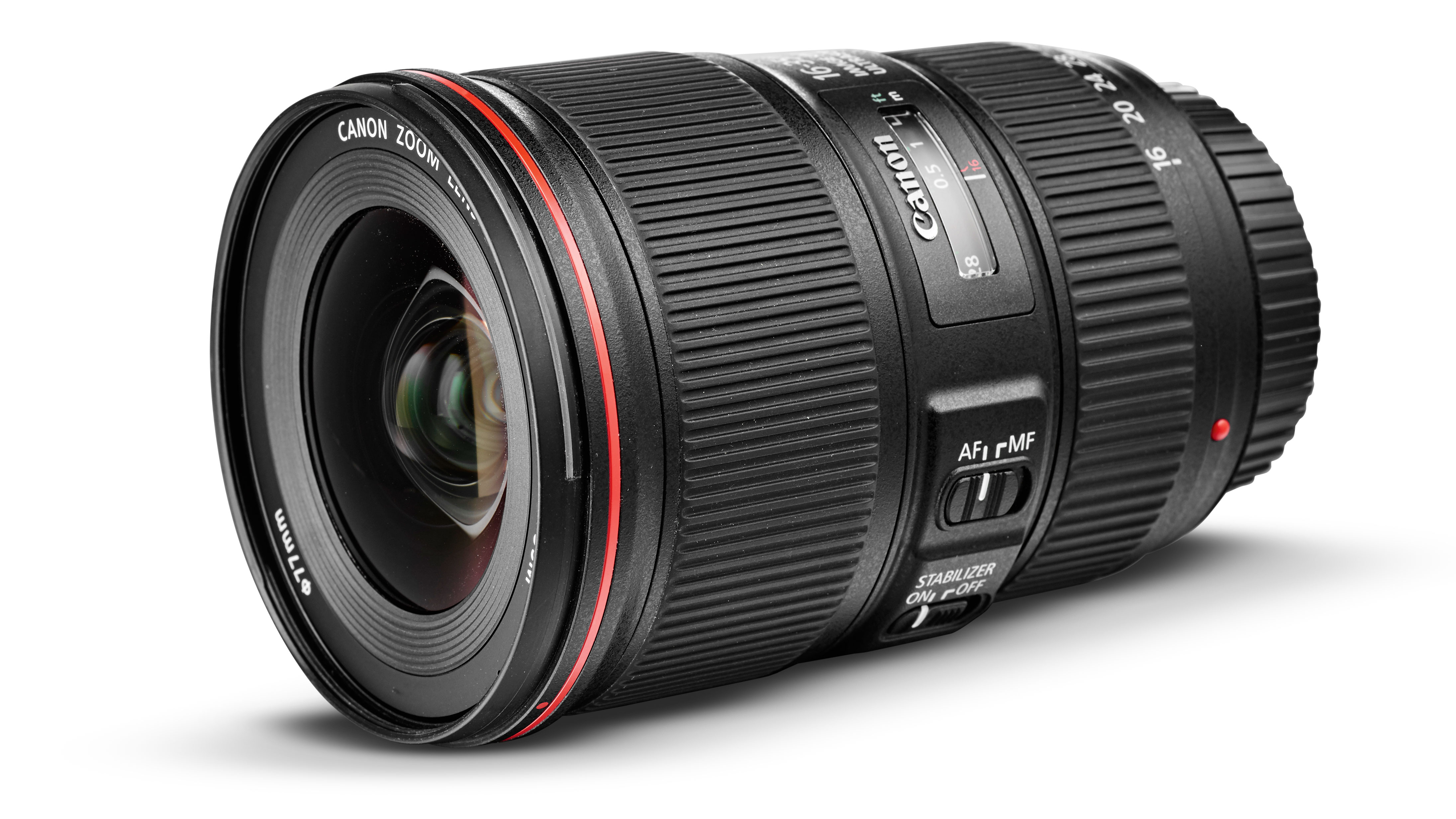
Specifications
Reasons to buy
Reasons to avoid
This Canon lens has a lot going for it. It’s much more affordable than the range-topping EF 16-35mm f/2.8L III USM but isn’t just an inferior version of the same zoom range. It's more compact and lightweight, and for many, that combination of advantages will outweigh the extra f/stop in aperture rating of the f/2.8 lens, especially as the f/4 only costs about half as much to buy.
It's a pro-grade L-series lens with build quality to match, being robust and weather-sealed, and with excellent handling. Optical highlights include two UD (Ultra-low Dispersion) elements and Super Spectra coating. Fluorine coatings are also applied to the front and rear elements. Sharpness is great generally but could be a little better towards the edges and corners of the image frame.
See our full Canon EF 16-35mm f/4L IS USM review
Best Nikon F
Specifications
Reasons to buy
Reasons to avoid
Although fairly weighty for an f/4 wide-angle zoom, this Nikon 16-35mm is nevertheless only about two-thirds the weight of most f/2.8 editions. It certainly feels very solid and comes complete with a weather seal on the mounting plate.
The up-market optical design includes two ED (Extra-low Dispersion) elements to enhance sharpness and contrast while minimizing color fringing, plus Nano Crystal Coat to reduce ghosting and flare.
There’s a typically fast and whisper-quiet ring-type ultrasonic autofocus system, with the usual full-time manual override. The VR (Vibration Reduction) system is a bonus, although it only gives a relatively meager 2.5-stop advantage in beating camera shake.
See our full Nikon AF-S 16-35mm f/4G ED VR review
Best APS-C
Specifications
Reasons to buy
Reasons to avoid
Lenses with a constant f/2.8 aperture are generally thought of as being reserved for professionals, simply due to cost, but this affordable zoom by Tokina comes at a very reasonable price indeed.
This is a refresh of a lens that's been around for quite some time – and the Nikon-mount version has finally gained an autofocus motor, which was previously only on the Canon version.
Sharpness is excellent in the center of the frame, as we discovered in our lab testing of the lens, though we did also notice some minor color fringing and barrel distortion, especially at the wide end.
Overall though, the lens performs very well, and if you don't mind a slightly restrictive zoom range, this is a highly impressive f/2.8 lens to get for the price. Be aware though – it's APS-C (DX format) only. You can mostly only pick them up secondhand now but the plus side of that is you can save yourself even more!
Lab data and comparisons
The graphs below show the comparative performance of the lenses in this guide, based on our in-house lab tests. All of the lenses in the group put in a good performance for sharpness, although the Sony FE 16-50mm f/2.8 G leads the way for this. The Nikon AF-S 16-35mm relies a little more heavily than some on automatic in-camera correction, while ‘averaged’ distortion results flatter the performance of most lenses at their shortest zoom setting.
Scores for sharpness and color fringing are averaged from data taken across the entire image frame, from the center to the edges and corners, throughout the aperture range. For zoom lenses, the scores are also averaged from data measured at all marked focal lengths, and the same applies to distortion. Bear in mind that these average values don't fully reflect specific areas of performance. For example, a zoom lens might have noticeable barrel and pincushion distortion at its shortest and longest focal lengths respectively, which tends to average out when looking at the data overall. For more detailed graphs of each lens's performance, which give the full picture, check out the graphs in our full standalone lens reviews.
What to look for in the best lenses for landscapes
While this guide focuses on wide-angle lenses that are ideal for landscapes, bear in mind that some extremely ultra-wide zooms have a bulbous front element that physically protrudes from the front of the lens, precluding the ability to attach a front filter, such as an ND or a polarizer. These are not necessarily the best choice, because of how important such filters are in landscape photography.
• Read more: Camera filters explained and why you still need them
Ideally, a good landscape lens should let you fit in as much as possible into the image frame without too much distortion. A close focusing distance can also be more important than you might think, as it is often desirable to place some foreground interest very close to the camera for maximum impact, by exaggerating the distance between foreground and background.
Don't worry if you're new to the basics of lenses, as we have a general guide to the best camera lenses that lays out everything you need to know about which lens to use for which type of shooting.
How we test lenses
We test lenses using both real world sample images and lab tests. Our lab tests are carried out scientifically in controlled conditions using the Imatest testing suite, which consists of custom charts and analysis software that measures resolution in line widths/picture height, a measurement widely used in lens and camera testing. We find the combination of lab and real-word testing works best, as each reveals different qualities and characteristics, and avoids the results being too biased by the reviewer – who may or may not like the "look" of a certain lens.
What is the best focal length for landscape photography?
Wide-angle lenses are generally a landscape photographer's preference, as you can capture a dramatic scene more easily. However, shoot too wide and you'll risk distortion, so be careful. It's also fun to switch things up: sometimes a telephoto zoom can be great for capturing different perspectives with more depth of field.
Do I need to buy filters?
A good set of filters is certainly useful for the landscape photographer, and it's often best to invest in a square filter system, which enables filters to be quickly attached, swapped, and stacked.
A range of ND filters is good for slowing exposure times and adding drama to the moving elements in the scene, while graduated ND filters are great for balancing bright skies with the darker land beneath. A polarizer is useful for cutting through glare on water, bringing out vibrancy in foliage, and adding punch to clouds in the sky.
The best camera deals, reviews, product advice, and unmissable photography news, direct to your inbox!
Matthew Richards is a photographer and journalist who has spent years using and reviewing all manner of photo gear. He is Digital Camera World's principal lens reviewer – and has tested more primes and zooms than most people have had hot dinners!
His expertise with equipment doesn’t end there, though. He is also an encyclopedia when it comes to all manner of cameras, camera holsters and bags, flashguns, tripods and heads, printers, papers and inks, and just about anything imaging-related.
In an earlier life he was a broadcast engineer at the BBC, as well as a former editor of PC Guide.
- Adam WaringGuides Editor
